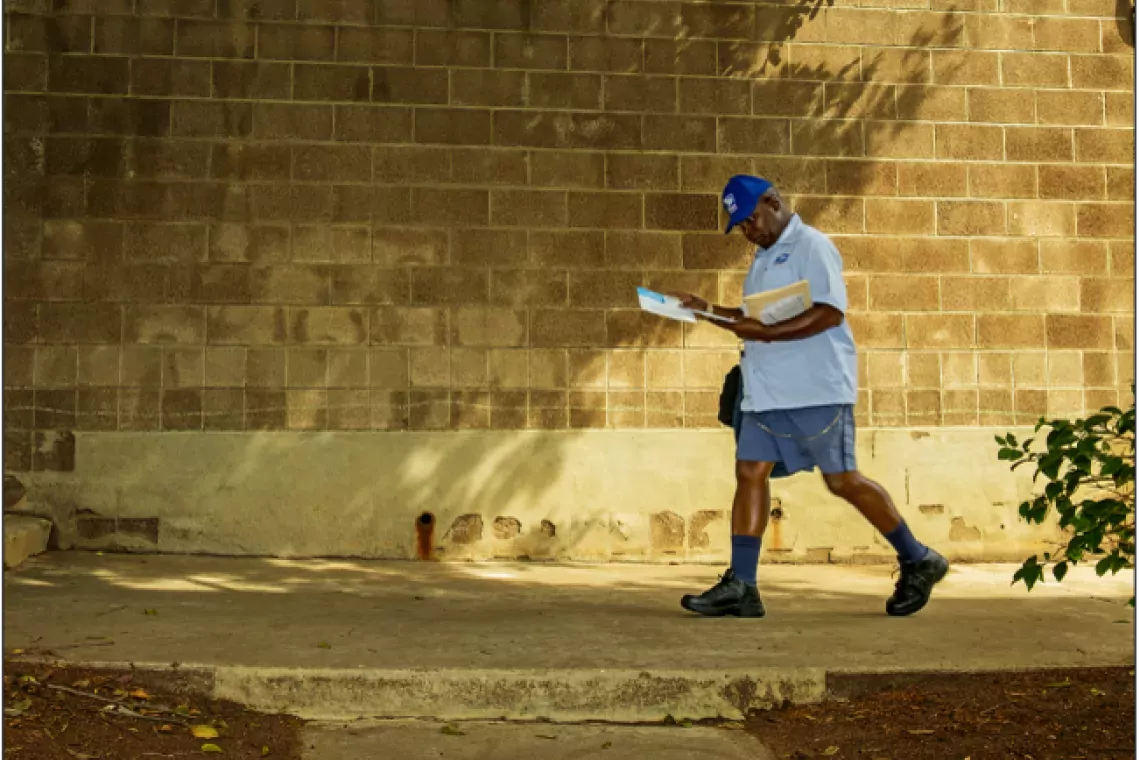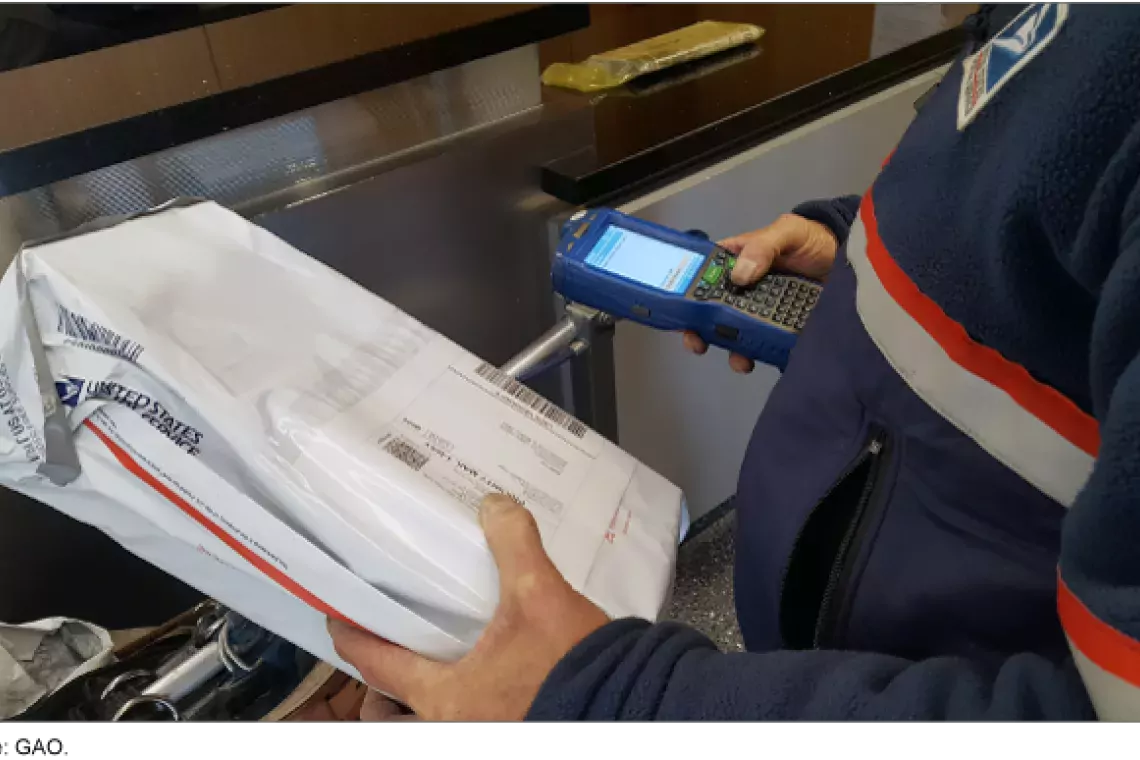‘Tis the Season for the U.S. Postal Service
With the holiday shipping season in full swing, the U.S. Postal Service has entered its busiest time of year. We can’t tell you when you’ll get that fruitcake in the mail, but today’s WatchBlog has some timely information about one of America’s oldest and most familiar institutions.
Is it there, yet?
The Postal Service’s financial struggles are no secret. Among the many ways it’s sought to improve its bottom line is changing some service standards earlier this year:
- single-piece First-Class Mail—like the holiday cards you might be sending this month—are meant to arrive in 2-3 days instead of 1-3
- periodicals should take 3-9 days instead of 1-9
Though the Postal Service says some items may take longer to deliver, it’s hard to know for sure if they’re arriving on time. That’s because delivery performance is measured for about half the volume of the most common types of mail—those mentioned above as well as others, including some package services.
Half is markedly better than the 16% measured in fiscal year 2006, but we recommended several ways for the Postal Service and the Postal Regulatory Commission—one of its independent oversight agencies—to improve the quality of delivery performance information.
Betting on packages
In light of lower mail volumes, the Postal Service is relying on packages to grow business. According to Postal Service figures, package revenues rose from about $11.6 billion in fiscal year 2012 to more than $15 billion in fiscal year 2015, approaching a quarter of its total operating revenues.
The Postal Service’s strength in the “last mile”—the ability to go to and from every address in the United States thanks to its vast infrastructure—could help businesses and consumers alike. For example, Parcel Select allows businesses to drop bulk shipments at postal facilities, which lowers their shipping costs, while consumers are now receiving some packages on Sundays.
(Excerpted from GAO-15-408)
Beyond Black Friday
The Postal Service’s financial condition has improved since 2009, when it went on our High Risk List. But it’s still not on a sustainable path. Despite recent strides, particularly in packages, more remains to be done to improve the Postal Service’s financial viability.
Comments on GAO’s WatchBlog? Contact blog@gao.gov.






